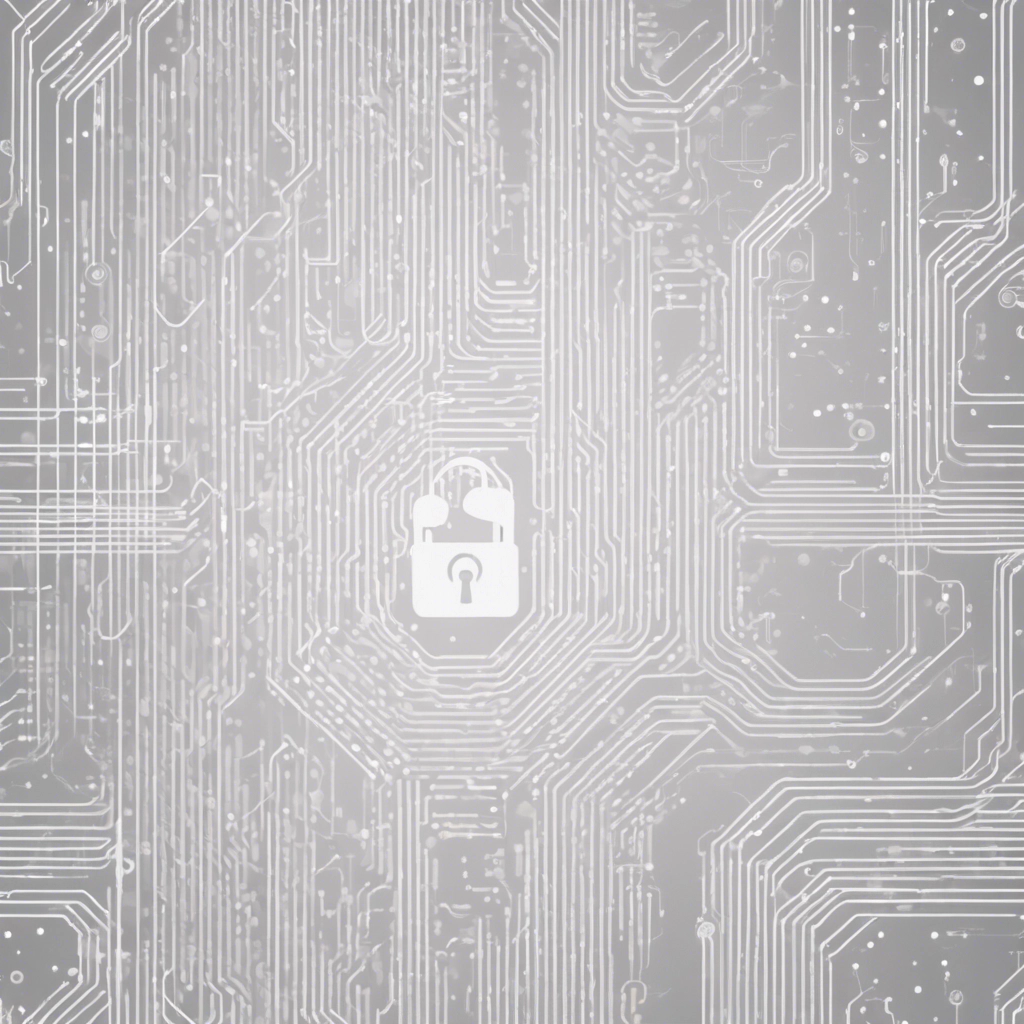Security Training
NIS Institute
Get in control of your cybersecurity - be the first to know
Trainings and Certifications That Matter in the Real World
At NIS Institute, the training center of Cyberminute, we don’t just hand out certificates—we help you earn credentials that actually mean something.
Whether you’re diving into cybersecurity, tackling information security, or sharpening your risk management skills, we’ve got you covered.
Backed by CyberMinute experts, our programs are globally recognized, so you’re not just learning—you’re leveling up and coached by experence professionals.
We keep it real with expert trainers who know their stuff and courses that fit into your busy schedule.
Whether you’re leading the charge as a board member, keeping systems secure as an officer, or making it all happen behind the scenes, we’re here to make sure you stay sharp and ahead of the game.
Formations en français? Visitez Nisinstitute.fr
Our approach
- A team of experts with hands-on experience to share
- Knowledge sharing: Enriching course content with practical examples and use cases
- Proven track record with high impact quick learning
- Over 800 Students Trained with Fast Track Mastery
- C-Level Trainers, able to bring the story to any and all levels in your company
- Multilingual
Our catalog
Currently the most popular trainings in our catalog are covered in 2 areas, PECB trainings and custom training.
Within the PECB training offering we focus on the Cybersecurity and GRC (Governance, Risk and Compliance) areas, including
- NIS2 & DORA
- Data protection: (GDPR, DPO, CNIL DPO) and Privacy Management (ISO 27701, PIMS)
- Information security: ISO 27001 lead implementer & lead auditor (ISMS)
- ISO 27002 Lead implementer
- Application & Network security (ISO 27034, ISO 27033, and custom courses)
- CISO
- Cybersecurity: ISO 27032 & NIST Cybersecurity Consultant
- Cloud security
- Ethical Hacking (CLEH) and Computer Forensics
- Business Continuity Management (BCM) & Disaster recovery planning (DRP), ISO 22301, ISO/TS 22317, Crisis management
- Governance: ISO 37000 Organisation governance, ISO 37301 Compliance, ISO 38500 IT governance,
- Supply chain security: ISO 28000 series
- Risk management (ISO 27005, ISO3100, EBIOS)
- Incident management (ISO 27035)
- Artificial Intelligence (ISO 42001)
- Anti-bribery (ISO 37001)
- Quality Management (ISO 9001)
- Asset management (ISO 55001)
- Service Management (ISO 20000)
- Audit management: Certified MS Internal Auditor (ISO 19011), CMSA Certified Management System Auditor (ISO 17021
- Project management (ISO 21502)
- Education systems (ISO 21001)
- SOC2: Lead SOC2 Analyst
Trainings on demand:
- Custom trainings available, we build what you need.
- Quarterly cyber update
- Unlocking Cyber Resilience

Why training?
Keeping up to speed with the current evolution of cybersecurity is a tough job.
Furthermore, legislation and contractual requirements increase the demand in up-to-date knowledge.
To fight the current cyber-battle it’s essential to have sufficient knowledge as baseline.
We have a team of expert trainers that provide high quality training with hands-on experience.
For any need of training, please contact us.

